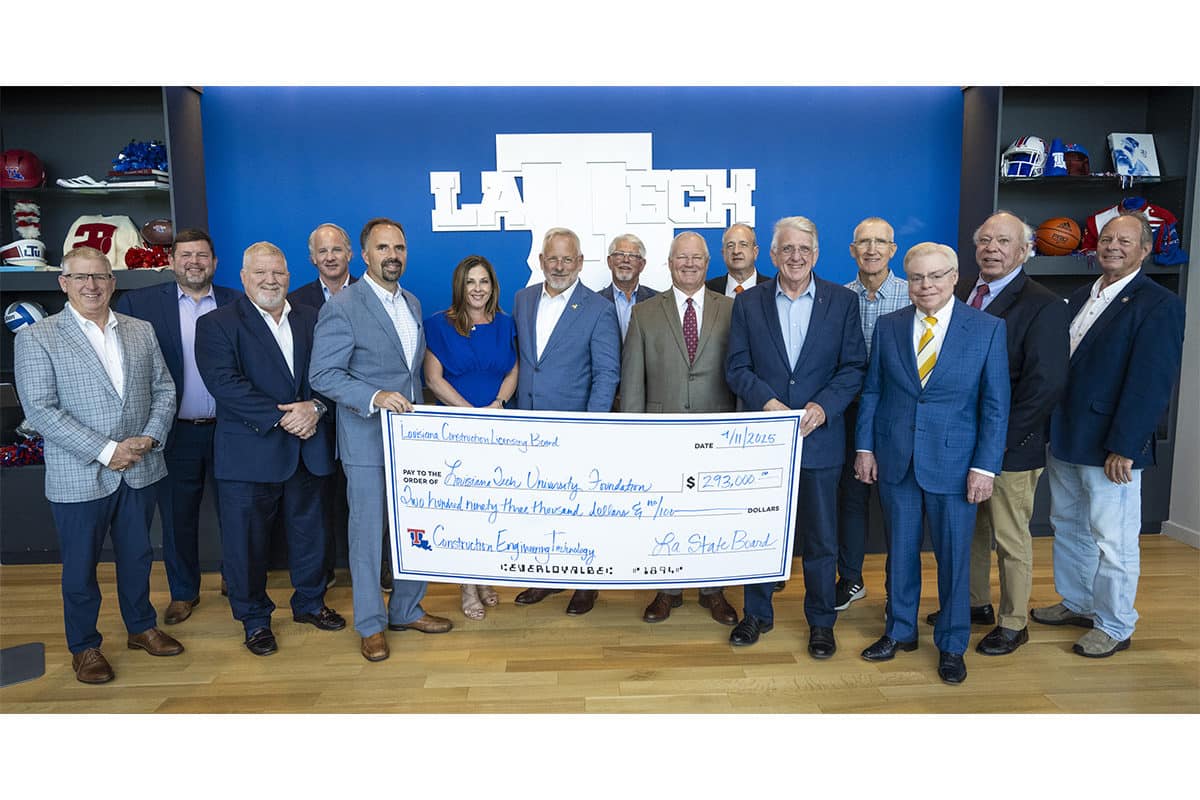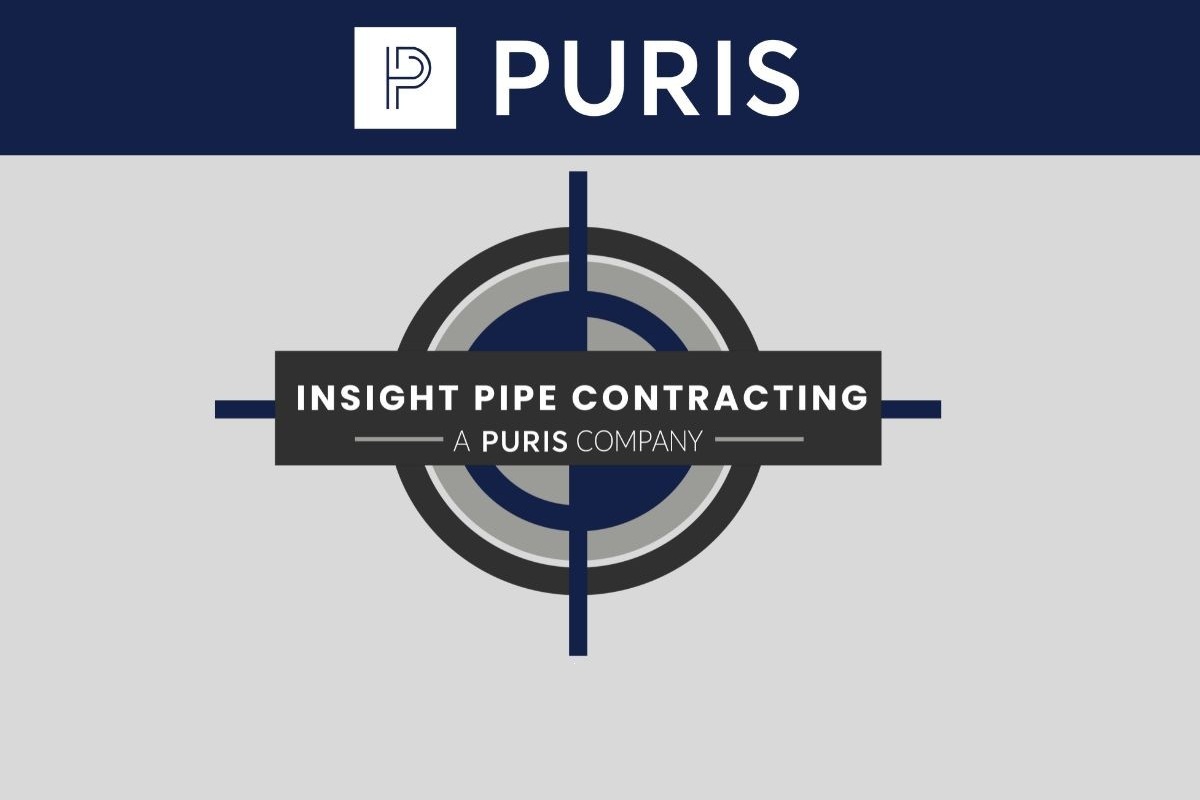
Pit-Launched HDD Proved to be the Right Fit for Water Line Replacement
The Village of Wilmette, Illinois, is located approximately 15 miles north of downtown Chicago on the shores of Lake Michigan. The community of just under 30,000 people is taking action against a common problem in municipalities around the country, lead water services.
Lead water services has been a hot button issue in Chicago for quite some time and plans are now being implemented throughout the area, as well as other communities in Illinois, to identify and replace those legacy services. The Village of Wilmette has its own plan in place for reducing the number of active lead service lines. FJ Kerrigan Plumbing Co. (Wilmette, Illinois) is one local contractor that is working with the city to replace those lines.
According to FJ Kerrigan Plumbing president Mike Kerrigan, the company is currently working on a lead service line replacement project that came about as a result of road construction. “So what happens is when the city or a contractor performs work in an area and they ‘touch’ the lead service, it has to be replaced according to law,” he said. “Most of the services we’re doing now are in an area where the street work has already been completed. The road contractor went along and found which services that were lead and the Village of Wilmette hired us to replace them all the way into the residence.”
In order to limit disruption, overcome tight working conditions and facilitate difficult service line installations, Kerrigan is utilizing a pit-launched directional drill. According Mark Schneider, a directional drilling specialist with trenchless equipment manufacturer TT Technologies, Aurora, Illinois, the pit-launched HDD is built for exactly this type of work. “The Grundopit is a pit-launched HDD rig which means its compact and portable. It measures 54 in. long, 43 in. wide and 57 in. tall,” said Schneider. “For residential work this unit is extremely effective, especially since it has full directional capabilities. FJ Kerrigan is the type of contractor that has no problems finding the right equipment or technique to do the job most efficiently.”
That trait can be traced throughout the company’s rich history.
History & Safety & Trenchless
FJ Kerrigan Plumbing has been family owned since 1949. Over the last 70 plus years, the contractor has enjoyed a reputation of quality and thoroughness. Offering residential and commercial services, along with new construction, the company has continued flourish through attention to detail and embracing new technology along the way.
“I’m the third generation. I grew up in the underground business. The ownership is three of us, my brother Patrick and my cousin Jerry,” Kerrigan said. “And we’ve grown the business since we took over in 2004. You name it, we’ve done it. We’re not afraid to do anything. We’ve been doing trenchless work for like 15 to 20 years. Sometimes we use surface launch drills and in other applications we’ve used the pit-launched drill. We’ve done some pipe bursting in a project in the city as well.”
FJ Kerrigan Plumbing is also a safety forward company, putting a significant emphasis on coordinating safe projects and keeping employees safe on the job.
“We’re a very proactive, safety-focused company. We are part of a Group Captive Insurance Company, one of the top performing programs. All employees are brought into the safety program,” Kerrigan said. “We have in-house training and usually once a month there’s a safety meeting in a training room. We do the toolbox talks in the winter months and bring employees in for longer training classes. We preach safety up and down, from the top leadership down. It reflects in our safety records and in our injury rates.”
Compact, Pit-Launched HDD Set Up
FJ Kerrigan crews are drilling from the parkway to the home using the pit-launched directional drill. “For this type of work, the unit is the right choice especially with the size, accuracy and the power of the drill,” Schneider said. “It provides 13,489 lbs of thrust, and pulling force and 553 ft lbs of torque with bore length up to 150 ft. But space limitations were really the issue with the project in Wilmette.”
“So generally for the ones we’re doing now, the inch and a half copper has already been installed from the main to the parkway. That copper was stubbed-in by the road builder back to the water main,” Kerrigan said. “They temporarily hooked it up back on the lead. So we’re drilling from the parkway to the residence and tying that back into the stubbed-in copper. But there are also cases where homeowners have paid for us to run it out to the parkway because we want to upgrade. The Village didn’t touch it, so they didn’t own it. But the village has a program where they will do it from the main to the parkway at their cost. So everyone benefits.”
Because the street has been already restored and the parkways are short, Kerrigan crews couldn’t use a surface launch drill. With the Grundopit, machine pit dimensions are typically 5 ½ by 4 ft at the surface, taking up as little space as possible. Crews transport the drill on a flatbed truck with a knuckle boom and are able to pull up to the parkway and use the knuckle boom to lower it into the pit.
Installations range between 40 and 100 ft in length, with crews usually drilling right into the basement, most coming under the floor. Crews make course adjustments as necessary to come out on target and avoid existing utilities.
“Obviously we mark out the gas and we know how deep the sewers are. And if we need to, we pothole them. In some cases the power and communications are overhead. So the only thing we’re dealing with is gas and sewer. And, we’re in Chicago, so we’re drilling 5-ft plus below the ground for the water services,” Kerrigan said. “For the bore path, we’re usually going under a foundation wall, and then we’ve got to come back up into a pit we dug in the basement. Some houses we go under the floor and have a small hole in a closet, pull back the new service from there. We know how far we have to go out, how far we can come back and how far we can go down and back up.”
Sometimes it takes some creativity to access utility spaces inside the homes, including coring a hole in the wall just under the home’s front steps. “In that case, it was a stoop,” Kerrigan explained. “There was a front door with a stone stoop and the only unfinished space was that area. We had entered the building under that stoop, so we didn’t want to take it out. So, we did a 6-in. core in the wall and were able to drill and hit that hole. Right into it. We’ve done that four or five times now.”
High Production & Restoration
The existing lead services are being replace with 1 ½-in. copper. Once crews drill out, the new copper service is attached to the drill paddle with a swivel and a pipe puller. Kerrigan crews are achieving good production with the pit-launched drill.
“Crews are machine-like. They’re usually working on three at a time. Sometimes they get two, sometimes three, While one crew is drilling, the bore pits for the next one are being established,” Schneider said. “And then another crew comes in and starts restoration. And they’re getting each home back up the same day.”
“We have to be conscious of the fact that we’re responsible for all restoration. There’s an agreement with homeowners that the Village has their contractor come and do this work,” Kerrigan said. “So, everything that we touch has to be restored back to where it was. The residents have been very pleased. They see us working down the block and they see how it gets restored. Everybody’s been very happy with it.”
Jim Schill is a technical writer in Mankato, Minnesota.




